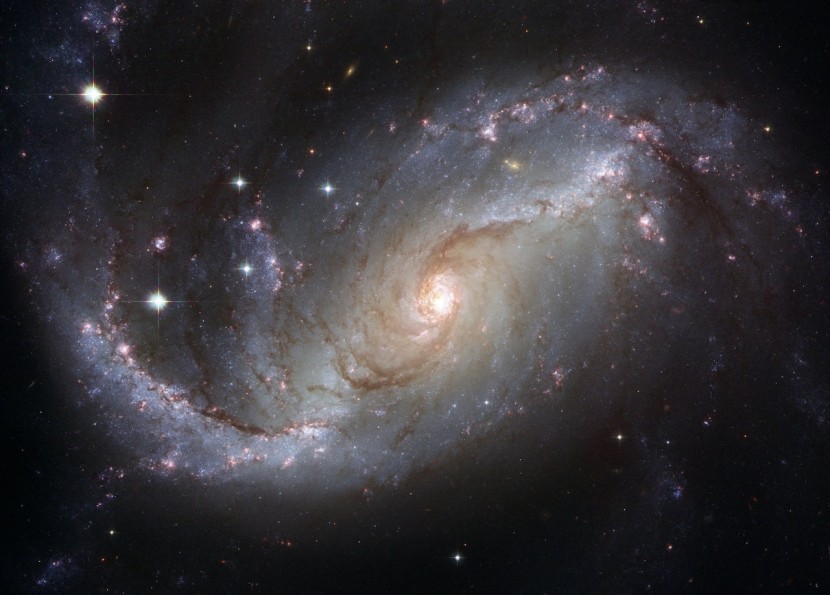
NASA's James Webb Space Telescope has captured new images of ancient Milky Way-like galaxies that existed in the young universe roughly 11 billion years ago, giving scientists new information in understanding the cosmic entities' characteristics.
The discovery also shows for the first time galaxies with stellar bars, which are elongated features of stars that stretch from the centers of galaxies into their outer disks. This comes at a time when the universe was only about a fourth of its current age.
Ancient Milky Way-like Galaxies
The finding of the barred galaxies, which are similar to our own Milky Way, during this time of the universe will force astrophysicists to refine their theories of galaxy evolution. Before Webb, scientists have been unable to detect bars at such young moments in the universe.
In an image taken by the Hubble Space Telescope, one galaxy, known as EGS-23205, was little more than a disk-shaped smudge. However, in the corresponding image from Webb of the same galaxy that was taken this summer, it is shown as a beautiful spiral galaxy with a clear stellar bar, as per ScienceDaily.
A professor of astronomy at the University of Texas at Austin, Shardha Jogee, said that when she took one look at the data, she quickly dropped everything else that she was working on. She added that the bars that were hardly visible in Hubble's data just popped out in the image taken by Webb and underscored the latter's tremendous power to see the underlying structure in galaxies.
Jogee described data from the Cosmic Evolution Early Release Science Survey (CEERS), which was a team led by a professor at the University of Texas, Austin, Steven Finkelstein. The team also identified another barred galaxy, known as EGS-24268, from about 11 billion years ago, marking the second barred galaxy to exist farther back in time than any that scientists have previously discovered.
The researchers highlighted an article accepted for publication in The Astrophysical Journal Letters the two galaxies. They also showed examples of four other barred galaxies that existed roughly 8 billion years ago.
Read Also: Scientists Work on Implementing GPS System on Moon To Aid Astronauts Shuttle Back and Forth
Understanding Formation of Galaxies and Stars
According to Gizmodo, the discovery will help scientists understand more about the early universe and how ancient stars and galaxies formed. Stellar bars are massive galactic cross-sections that are composed of countless stars.
They play a crucial role in galactic evolution as they push gas toward the galactic center, aiding in the formation of stars and feeding the supermassive black holes that lie within the galactic nuclei.
The finding comes as Webb has previously captured images of other objects that Hubb also observed. In October, the former captured the Pillars of Creation, which is a collection of huge plumes of gas and dust in the Eagle Nebula.
A graduate student who led the analysis of the Webb image, Yuchen "Kay" Guo, said that for the study, the researchers were looking at a new regime where no one had used similar kinds of data or conducted similar quantitative analysis before. He added that the process was entirely new and compared it to going into a forest that no one has ever gone into before, Futurity reported.
Related Article : NASA Considering SpaceX Assistance in Event of Emergency That Could Leave ISS Astronauts Stranded








